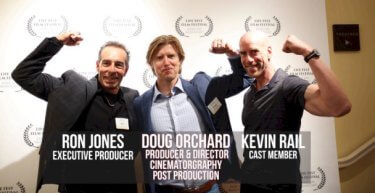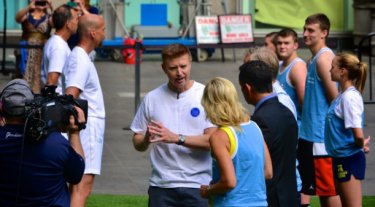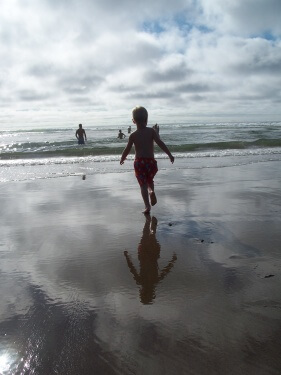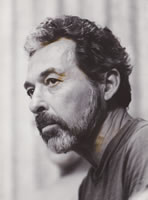This multiple award-winning documentary shows the irreplaceable role classical Physical Education plays to develop smart, productive & mentally stable citizens, and the out-of-control consequences we face today with its absence in our society.
The United States made the decision to stop teaching real physical education 100 years ago. JFK tried to bring it back, but the effort ended with his shortened Presidency.
This documentary links the largest problems facing the US today to its current state of physical illiteracy, which comes as a consequence of no longer having educators, business leaders, or citizens understand how exercise (and particularly group exercise) can be used to solve our most pressing issues including how the US spends more on healthcare than any other country in the world, has the highest incidents of mental instability, the highest national debt, incarcerates 25% of the world’s prisoners with only 4% of the population, has the worst productivity since the 1970’s, the worst education rank since the 1970’s and amongst the worst life expectancy of the OECD countries.


 Dr. Kleinman received his Bachelors of Arts and Masters of Arts in physical education from Brooklyn College. He earned his Ph.D. from Ohio State in 1960, followed by a year as a Fulbright Scholar in Finland. From the 1960s to his recent passing he and other faculty moved the College of Education at OSU into a leading center for somatic studies.
Dr. Kleinman received his Bachelors of Arts and Masters of Arts in physical education from Brooklyn College. He earned his Ph.D. from Ohio State in 1960, followed by a year as a Fulbright Scholar in Finland. From the 1960s to his recent passing he and other faculty moved the College of Education at OSU into a leading center for somatic studies.